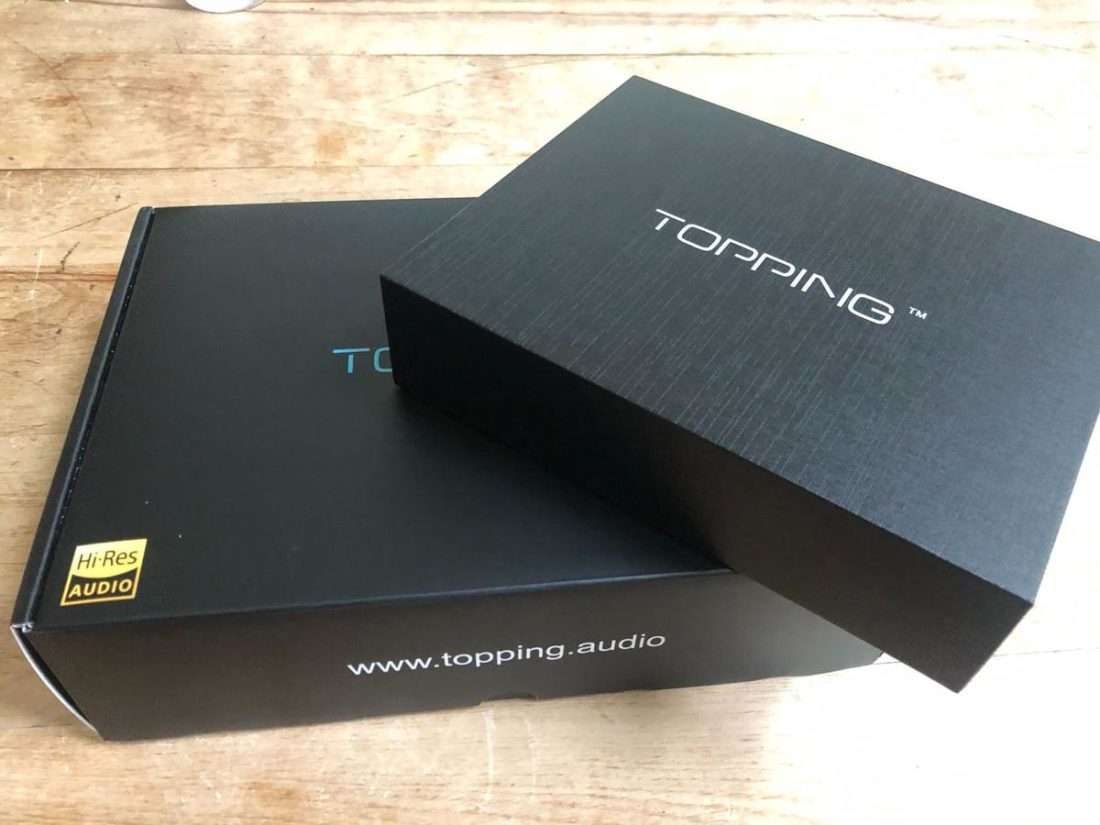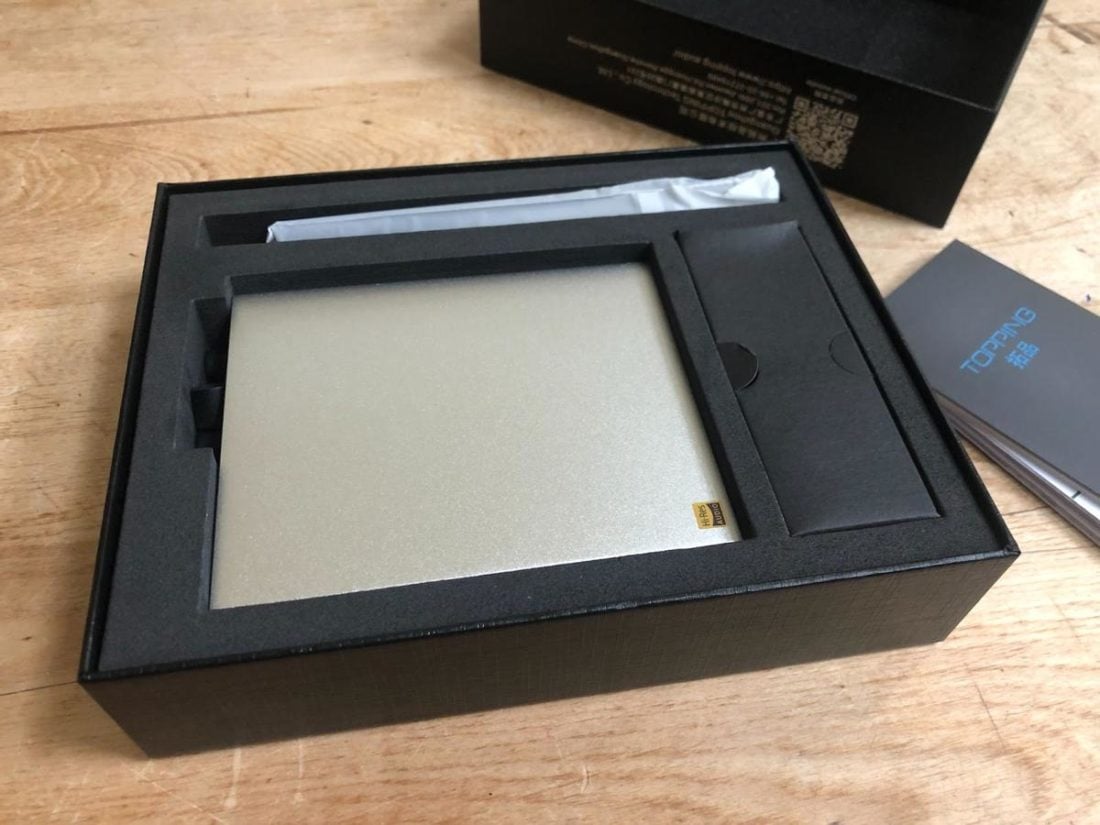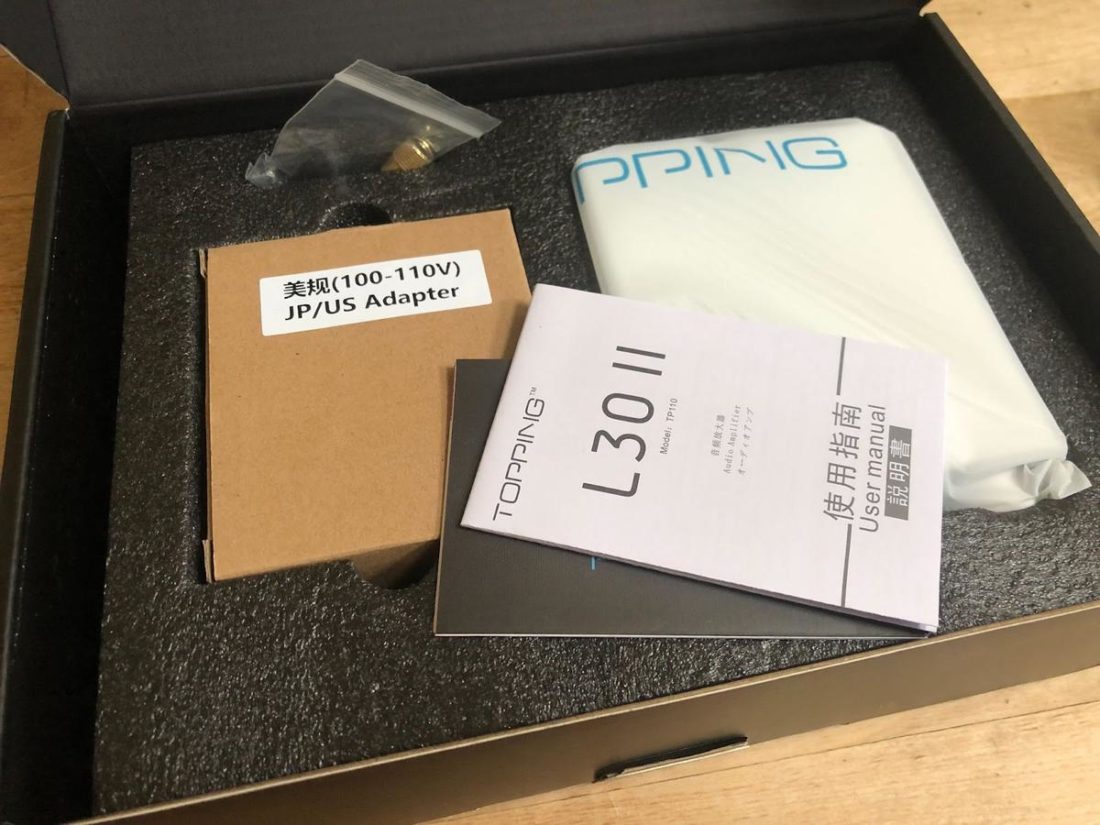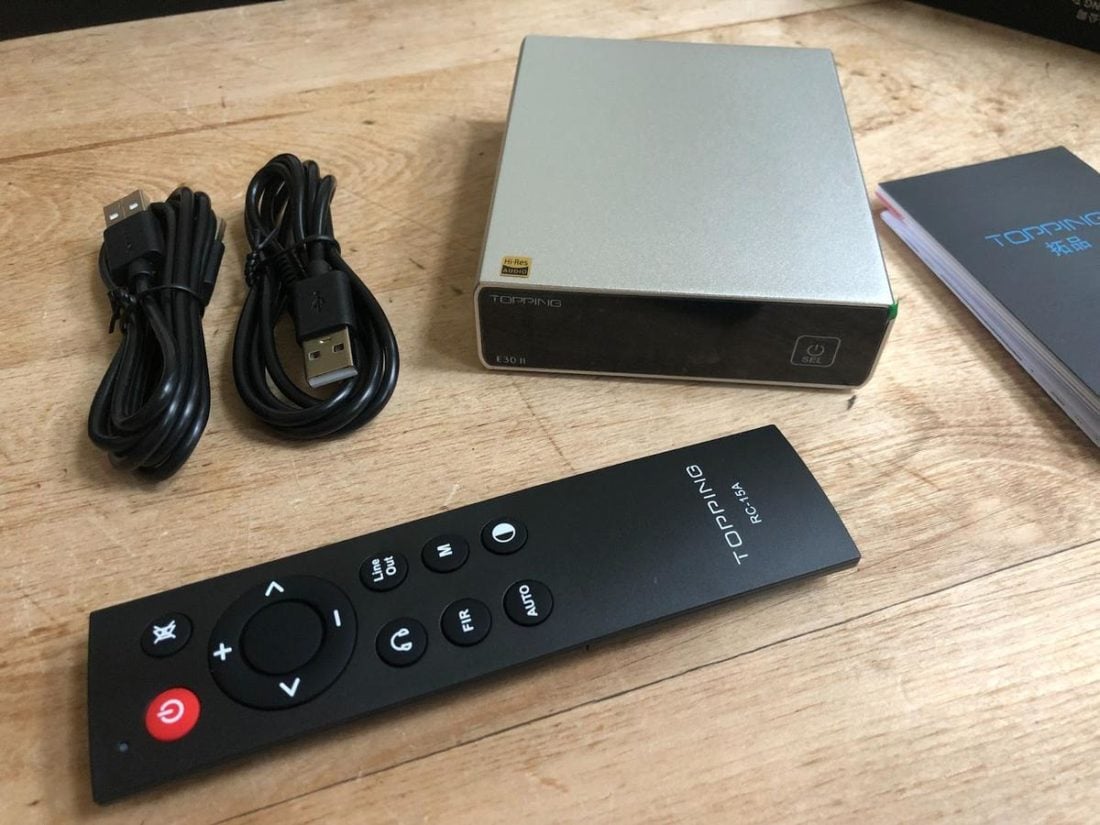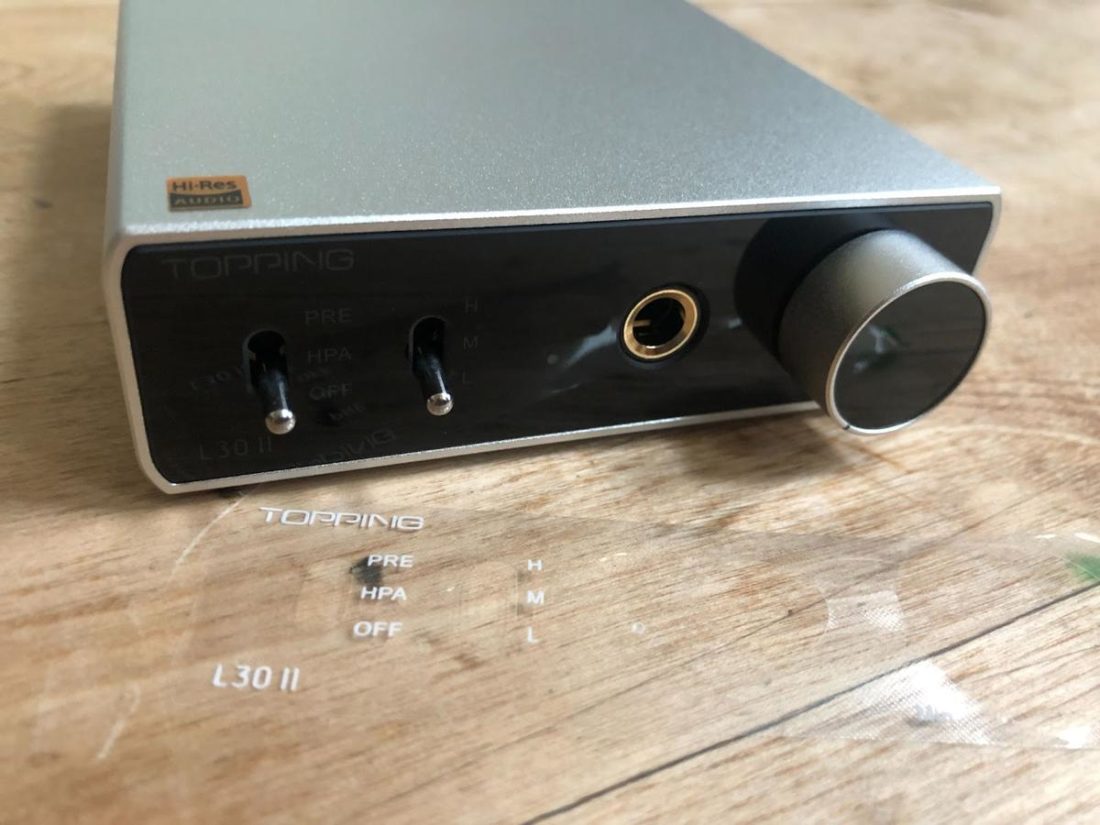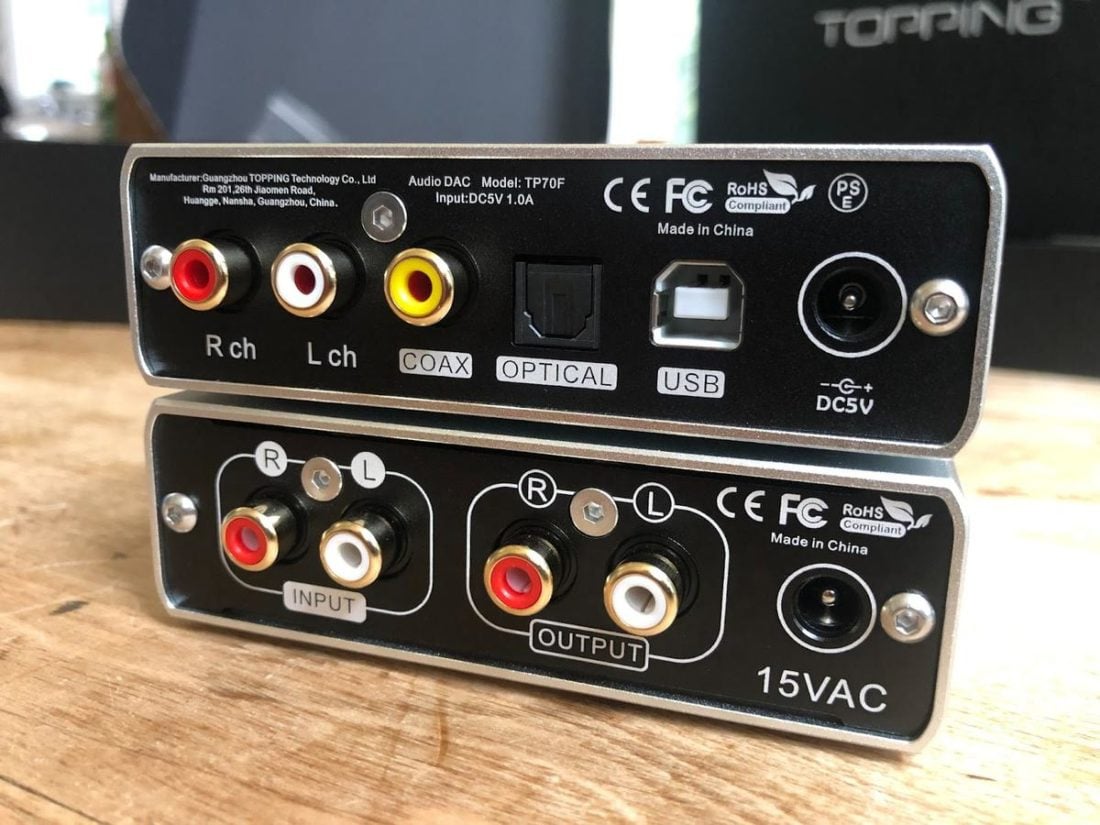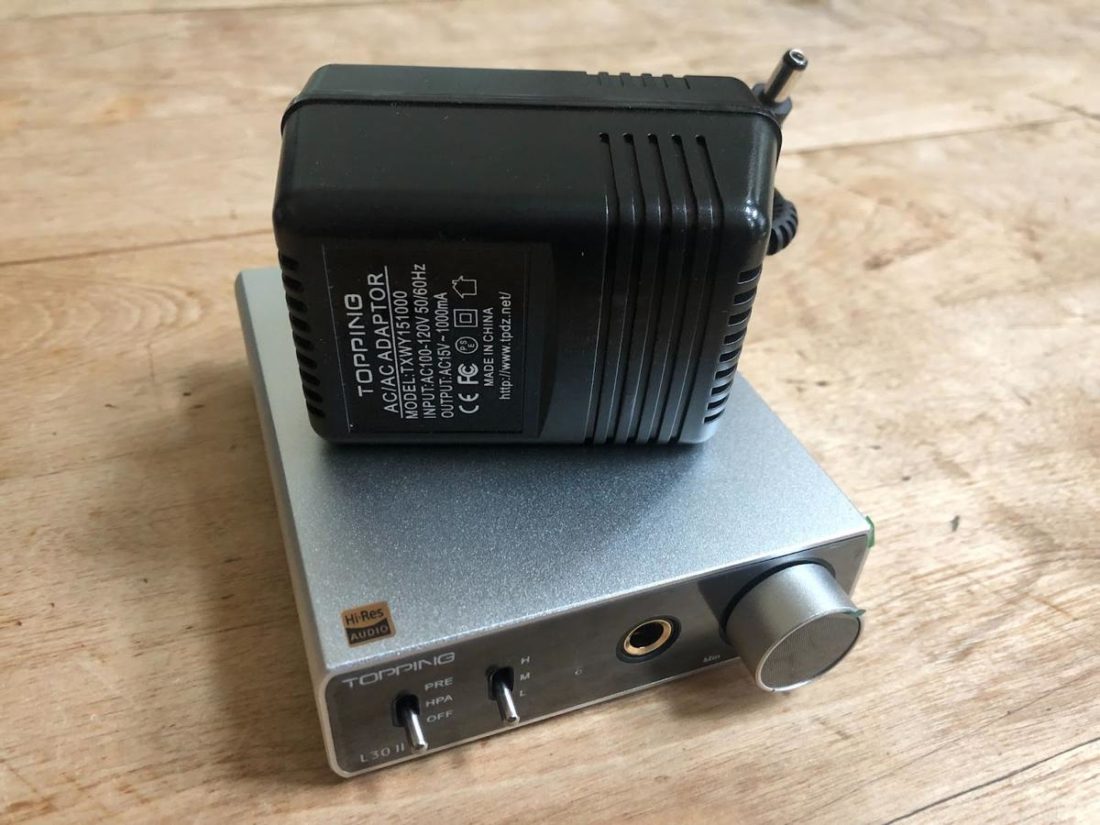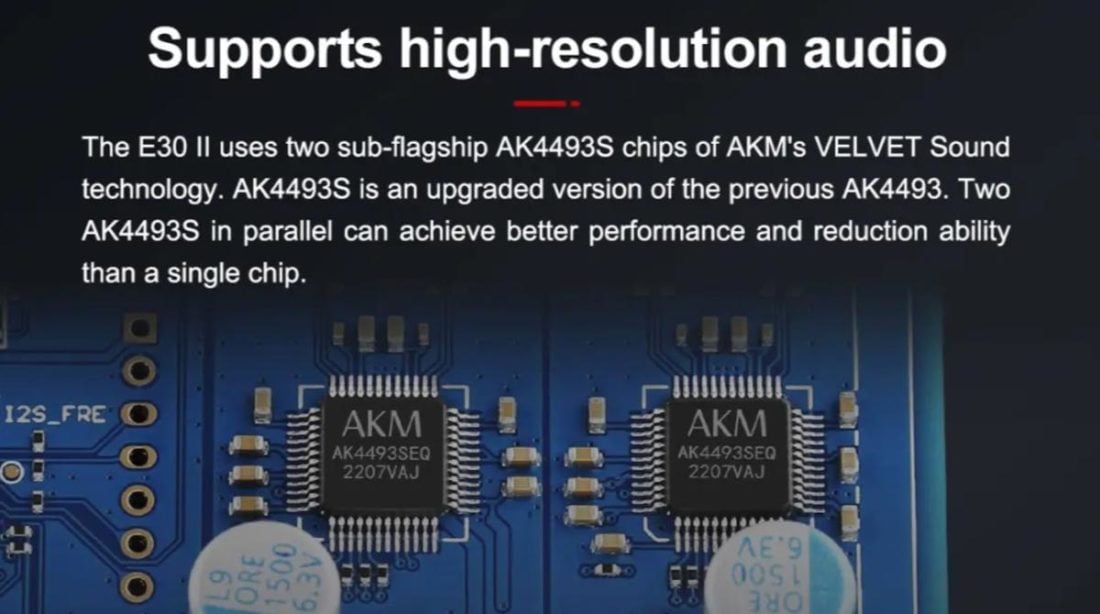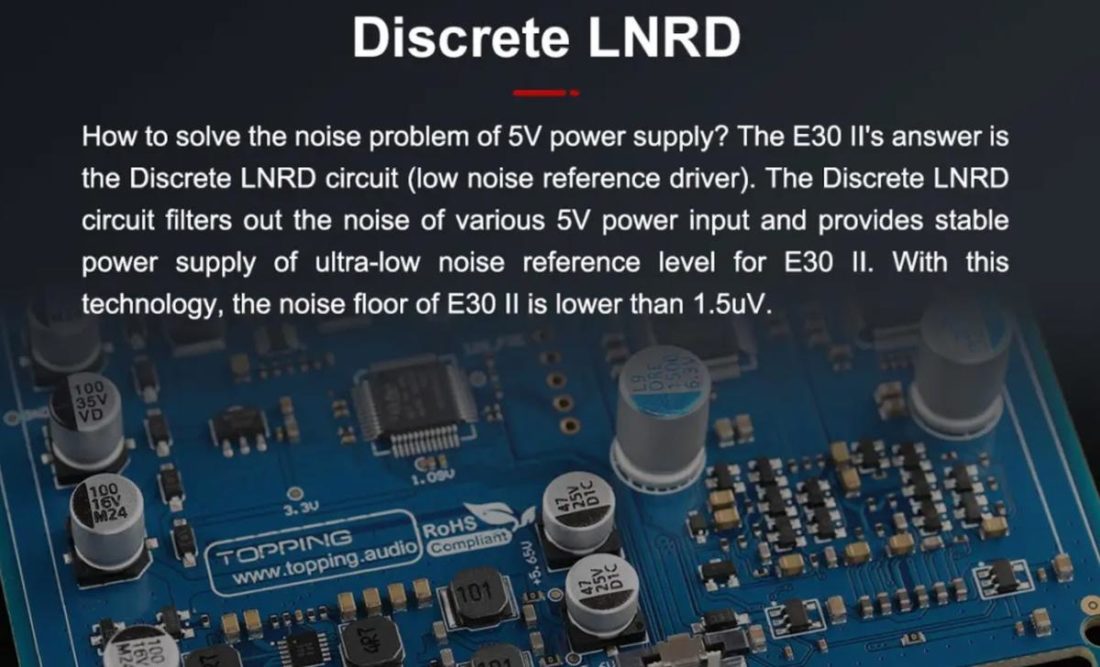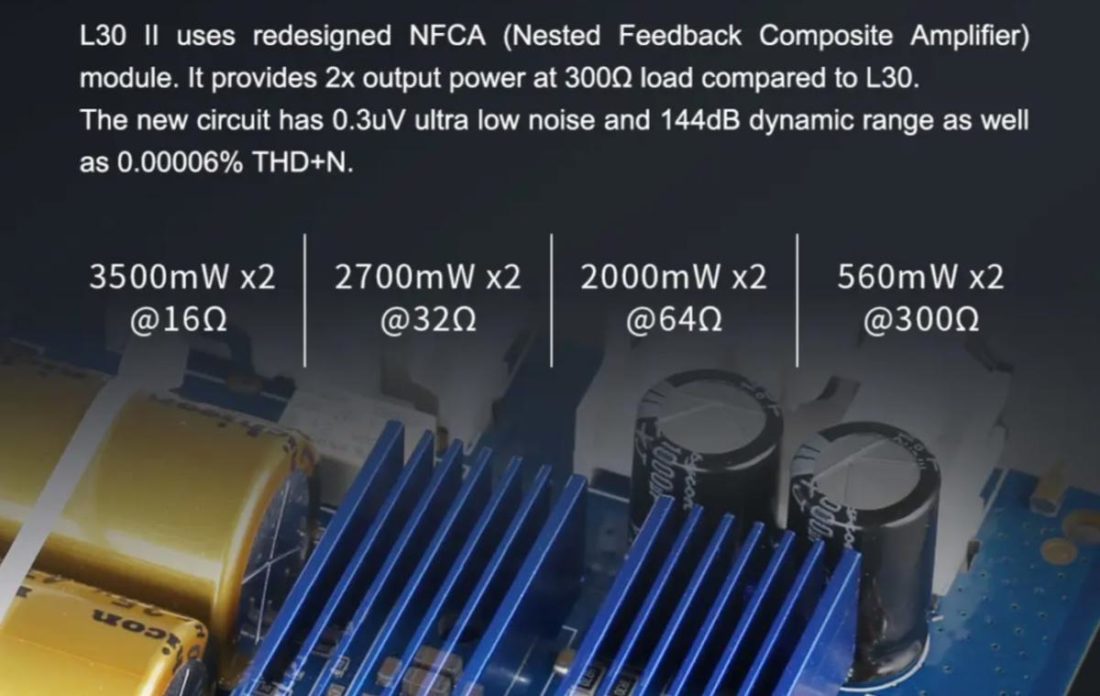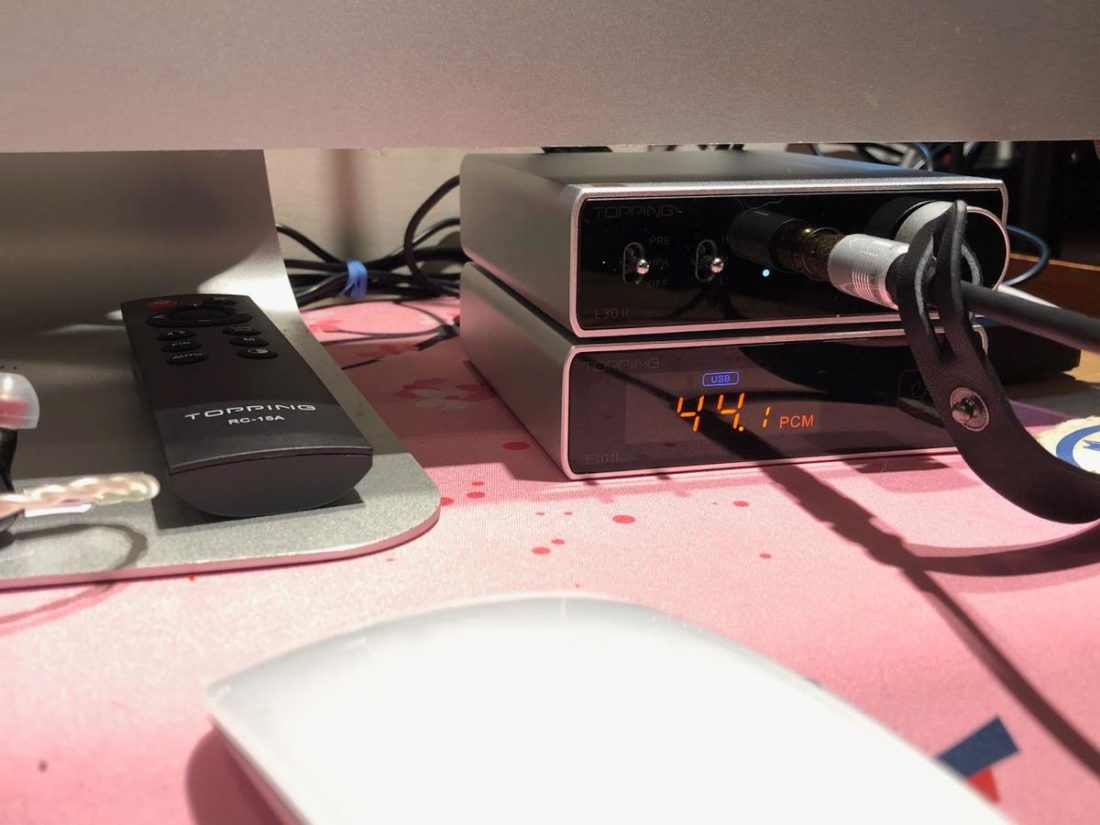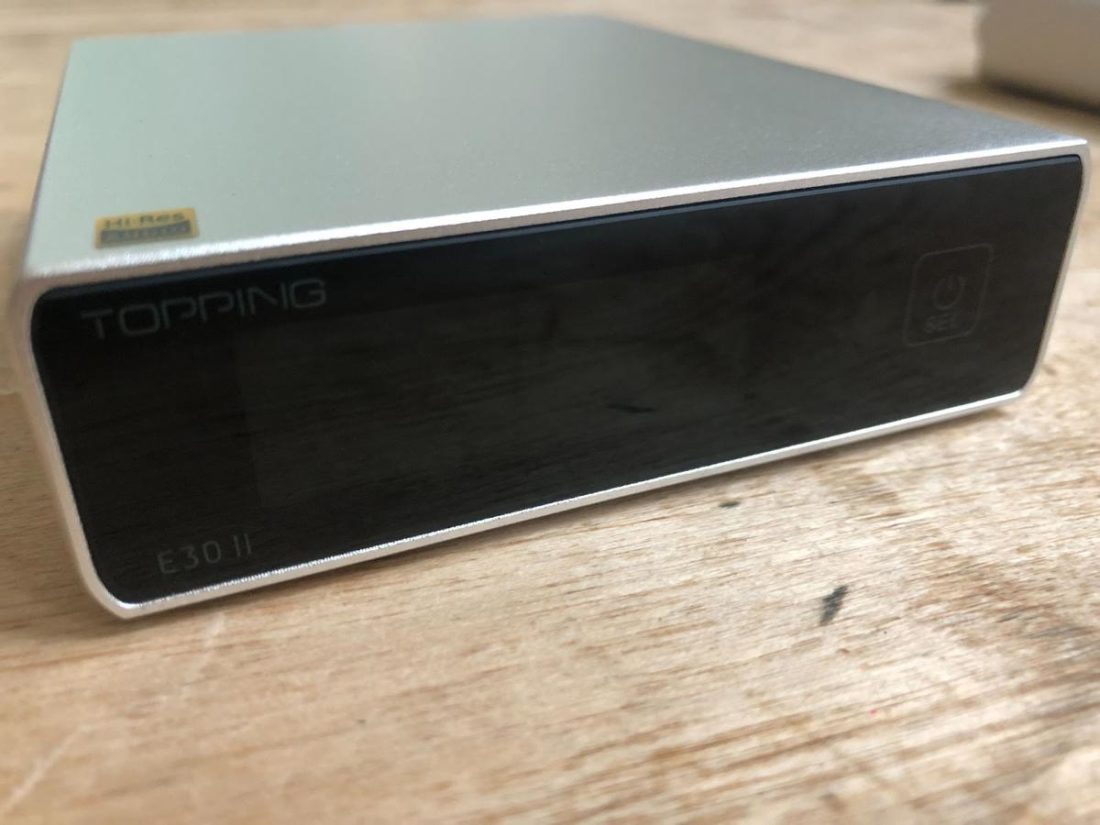Topping has had a bit of a roller-coaster ride over the last few years with headphone audiophiles. At their peak, Topping products were the darlings of the measurements-are-all crowd, and many felt they set the price-for-performance standard. But lately, it seems things have cooled off a bit, and the Topping hype is far quieter. Likely, part of the reason for this cooling off can be attributed to highly publicized issues with several of their models. The original (version 1) E30 DAC and L30 amplifier were caught up in controversy when reports of headphones being damaged started appearing. While it appears there were less than ten reported cases of improper internal case grounding of the L30, causing voltage to be shunted to the headphones and damaging the voice coils, the issue, ahem, ‘blew up’ on online forums. Additionally, there were reports of polarity and Toslink issues with the E30 and concerns raised about the customer service that Topping offered in response. All of this leads us to the recent release of the newly revised E30 II and L30 II models. John Yang, the designer of these Topping products since 2019 and an active participant in online forums, has recently addressed these concerns. Topping promises giant-killing performance at the lowest possible price. For about USD$300, you can purchase both the E30 II and L30 II, but to justify their release, these new models need to offer something that the originals do not. And also published elsewhere we are extending the warranty for all of our amplifier line. If this doesn’t show our care for our customers, I don’t know what does. Does it really matter that much if I constantly [sic]replying to comments here? It’s always recommended to get the unit from the nearest authorised distributor/seller so in case something happens one can get the best service.” – JohnYang1997 Topping claims the E30 II DAC makes significant improvements over its predecessor with dual DAC chips, better SINAD / SNR / dynamic range / noise level, and a discrete LNRD (low noise reference driver) circuit to filter out 5V power input noise. Changes in the L30 II amplifier are touted as an improved THD+N level, better dynamic range, double the output power, wider gain spread, and increased output voltage. Naysayers will question if the new versions are improved enough over the originals. Supporters will point towards outstanding measurements. Do the new versions set the bar for what to expect for the budget headphone audiophile bracket? Let’s find out.
Company Overview
TOPPING Electronics & Technology co., LTD is an electronics manufacturer founded in 2008 and located in Guangzhou, China. They focus on producing desktop and portable audio products, including DACs, headphone amplifiers, and power amplifiers. TOPPING has distinguished itself by manufacturing high-performance but budget-oriented products such as the D10s, although they have expanded the product line to include higher-end devices as well. According to Hailin Huang from TOPPING, “…we make affordable devices for our users since our establishment, so we have experience in this area.” According to TOPPING, they have “invested a large amount of money in purchasing professional audio instruments to ensure performance. In 2016 and 2019, we purchased professional audio testers APx555 and APx555B from Audio Precision, which are the top audio testers in the industry nowadays, for R&D and mass production testing.” The development process moves from the measurement to the listening phase repeatedly until they are happy with a device’s performance. “Each product will enter the hearing adjustment stage after achieving excellent parameters and performance during the R&D process, then we will again check whether the parameters are still excellent after getting the satisfactory sound, which process is repeatedly refined.” This investment and testing seem to have paid off, as TOPPING (err…) tops the list of many reviews and recommendations. By their own assessment, “TOPPING is the top.”
Technical Specifications
E30 II
Form: Desktop DAC Inputs: USB PCM: 32-bit/768kHz, DSD512 (Native), DSD256 (DoP), Coax/optical:24-bit/192kHz THD+N @1kHz (A-wt): <0.00015% THD @90kBw (No-wt): <0.0006% @20-20kHz SNR @A-wt: 123dB @1kHz Dynamic range @A-wt: 123dB @1kHz Frequency response: 20Hz – 20kHz (±0.3dB), 20Hz – 40kHz (±0.8dB) Output level: 2.1Vrms @0dBFS Noise @A-wt: <1.5uVrms Channel crosstalk @1kHz: -132dB Channel balance: <0.3dB Output impedance: 20Ohms
L30 II
Form: Desktop amp THD+N @1kHz (A-wt): <0.00006% @500mW (32Ohms), <0.00005% @80mW (300Ohms) THD @ 20-20kHz 90kBW: <0.00008% @500mW (32Ohms), <0.00007% @80mW (300Ohms) SNR @MAX OUT 1kHz (A-wt): 144dB Dynamic range @1kHz (A-wt): 144dB Frequency response: 20Hz – 40kHz (±0.05dB) Output level: Low gain: 14Vpp, Medium gain: 31Vpp, High gain: 37Vpp AP measured noise level (A-wt): Low gain: <0.7uVrms, Medium gain: <0.7uVrms, High gain: <1.5u Vrms Actual noise level (A-wt): Low gain: <0.3 uVrms, Medium gain: <0.3 uVrms, High gain: <1.4 uVrms Channel crosstalk @1kHz: -92dB Input sensitivity: Low gain: 25 Vrms, Medium gain: 11.2 Vrms, High gain: 2.0Vrms Gain: Low gain: -14dB, Medium gain: 0dB, High gain: 16.5dB Output impedance: <0.1Ohms Output power: 3500mW x2 @16Ohms THD+N <0.1%, 2700mW x2 @32Ohms THD+N <0.1%, 2000mW x2 @64Ohms THD+N<0.1%, 560mW x2 @300Ohms THD+N<0.1% Load impedance: >8Ohms
Preamplifier Specs
THD+N @1kHz (A-wt): <0.00006% THD @20-20kHz 90kBW: <0.00007% SNR @MAX OUT 1kHz (A-wt): 144dB Dynamic range @1kHz (A-wt): 144dB Frequency response: 20Hz – 40kHz (±0.05dB) Output level: Low gain: 14Vpp, Medium gain: 31Vpp, High gain: 37Vpp AP measured noise level (A-wt): Low gain: <0.7 uVrms, Medium gain: <0.7 uVrms, High gain: <1.5 uVrms Actual noise level (A-wt): <0.3 uVrms, <0.3 uVrms, <1.4 uVrms Channel crosstalk @1kHz: -92dB Input sensitivity: Low gain: 25 Vrms, Medium gain: 11.2 Vrms, High gain: 2.0 Vrms Gain: Low gain: -14dB, Medium gain: 0dB, High gain: 16.5dB Output impedance: 20Ohms
Packaging
These two products are clearly designed to be paired together. The E30 II and L30 II are a perfect match, but their packaging is oddly dissimilar. While the units are the same size, the L30 II comes with a very large power supply (while the E30 II does not), so it does make sense that the boxes are different sizes. It is surprising that while both boxes are black, they are made from differently finished cardboard with different colored logos, branding, and packaging materials. If you found both these boxes on a shelf, you would never assume these products are intended to go together from the packaging.
In the box
E30 II DAC
Topping E30 II DAC Remote control USB-A to 5V barrel connector cable USB data cable User manual Warranty card
L30 II Amp
TOPPING L30 II Amplifier 15V AC adapter 6.35mm to 3.5mm adapter User manual Warranty card
Design
The E30 II and L30 II share the same physical case design and basic layout. They are both housed in a small seamless aluminum sleeve (approximately: 10cm x 11.5cm x 3cm, WxLxH), which can be purchased in red, blue, silver, or black. There are four small rubber feet on the bottom. The front panels are constructed of black gloss plastic and contain the controls and display. On the E30 II, you will find the familiar orange display found on other Topping units and a single touch-button primarily for power and input switching. I highly suggest you do not lose the instruction manual as the overly simplified menu option names are nearly impossible to decipher without the list. The E30 II comes defaulted to preamp mode, so you must enter the menus and change ‘m-p’ to ‘m-d’ to enable DAC mode. On the L30 II, there are very nice tactile toggle switches for power/headphone amp/preamp and gain low/medium/high. (Yay!) A single small white power led is located beside the 6.35mm headphone output. The matching aluminum ringed volume control knob turns with decent feeling resistance and has a subtle mark on the outer ring to indicate position. The rear panels are constructed from black metal and have all inputs and outputs clearly labeled. The E30 II sports analog RCA outputs, coaxial and optical SPDIF digital inputs, USB-A input, and a 5V DC barrel power input. The L30 II has an analog RCA input, RCA preamp output, and 15V AC barrel power input. As is my norm, I placed the amplifier on top of the DAC for better heat dissipation. In use, the L30 II does become warm but never hot enough to cause any concern, so bottom placement will likely not cause any issues.
Internals
E30 II DAC
The previous E30 used a single AK4493 chip, while the E30 II uses two of the new (post manufacturing plant fire) AK4493S version, which are capable of 32-bit/768kHz, DSD512, and MQA decoding. All three digital inputs, USB, optical, and coaxial, support MQA signal decoding.
E30 vs. E30 II
As no 5V DC power adapter is included with the E30 II, Topping incorporated a new discrete LNRD (low-noise reference driver) circuit to filter out unwanted noise and improve power stability.
L30 II Amp
The L30 II uses the well-regarded TI TPA6120A2 amplifier chipset and a newly revised NFCA (nested feedback composite amplifier) module. This provides high-output current drive capability improving low impedance headphone compatibility, as well as ultra-low noise and high dynamic range. The promise is no audible noise and a dark background for even the most sensitive IEMs. The L30 II is about twice as powerful as the original model, with 3.5W @16Ohms and 560mW @300Ohms. This should be sufficient power to drive almost any pair of headphones. Thankfully with the increase in power, Topping redesigned the three gain levels (-14dB/0dB/16.5dB, L/M/H) to enable better pairing for sensitive loads and IEMs and headphones requiring high power. On paper, the THD (total harmonic distortion) has decreased 0.00001% (from 0.00007% to 0.00006%), and the dynamic range has improved 3dB from 141db to 144dB over the original L30. I’ll leave it to you to decide whether your ears can hear this sort of improvement. The power supply circuit is the same as was used in the original L30 amplifier.
E30 II and L30 II Sound
For simplicity’s sake, I’m listening to and reviewing these two products together. They are designed as a set, and while separate components are more versatile, a combo unit is more convenient and cleaner to wire up. It is necessary to locate an RCA cable that is short and flexible enough to serve if the components are stacked. Honestly, after reading through the Design and Internals sections above, there isn’t much of a surprise here. For the price, the E30 II / L30 II combo works very well together, indeed. This is an exceedingly clean-sounding combo. Do you want nary a speck of noise in your pristine listening experience? Let me introduce you to these bargain products that crush measurement targets. As is typical in headphone audiophilia, there are those that want the best measuring devices and place all their faith in the numbers, and those that embrace distortion as part of a pleasurable listening experience. As is typical with Topping products, these two groups will either champion the clarity of the E30 II /L30 II or will declare the sound too dry and uninteresting. I’ve run into this before with DACs and amplifiers from SMSL, another Chi-Fi company with products in direct competition with Topping. The SMSL SP200 amplifier uses THX 888 circuitry to achieve the same sort of negative-feedback amplification. I find this type of amp works well with more colored and warmer-sounding headphones and can become a bit fatiguing with ultra-resolving cans. I especially did not like the combo of the SP200 and the HEDD HEDDphones. So, I set out to test what I expected to be the worst possible pairing. The sonically unforgiving, utterly mismatched pairing of the TOTL Audeze LCD-5 and the lowly E30 II / L30 II. And… I was surprised. Pleasantly surprised. Amy Winehouse’s Frank and Back to Black sound pretty darn great. The LCD-5’s ultra-resolving nature has really won me over, and I find myself more of a detail fanatic these days. And while, if I’m to nitpick, there may be a touch of high-end glare there (likely from the E30 II), overall, the budget Topping combo delivers the goods without becoming fatiguing. Especially at this price point. If you believe in the ‘wire with gain’ amplifier design, the simple L30 II leads the budget desktop pack. There are many other options if you are looking for a more nuanced, warmer, or colored sound. While the medium gain is sufficient to drive the LCD-5, switching down to low gain, I decided to test the claims of a silent background with the efficient (26 Ohm, 112 dB) Thieaudio Monarch. Hiss or noise? Nope. Not a bit. Topping has nailed the gain circuit and amplifier design to produce a budget amp that can drive anything from the most efficient IEMs without noise to the biggest, most power-hungry full-sized cans. And they housed it in a tiny footprint that will fit on any desk. Most budget audiophiles have little reason to look further than the L30 II.
Where to Buy
E30 II
L30 II
Conclusion
It is worth separating the E30 II from the L30 II for a moment to discuss their individual merits and shortcomings. The E30 II is a capable little DAC, with a bold orange display you will likely love or hate, featuring preamp functionality and a basic remote. The remote is a blessing for set up, as the single, near-invisible touchscreen button would be far better served by a pair of physical buttons. However, once set up, if you are like me, the DAC will sit unmolested, with nothing more than on/off required. The sound is clean, with the six selectable digital filters yielding a typically barely audible difference that I set and forgot about. If you listen for it, you may find a slight harshness or glare to the sound, but it’s certainly forgivable at the USD$150 price point. The L30 II I can recommend with little reservation. Tons of power, 3 selectable gain settings, and silent with sensitive IEMs. The tactile controls are terrific. It’s a basic little single-ended amp, and most folks simply don’t need more. After a certain point, DACs can probably be selected by what features they offer rather than likely inaudible measurements. Critics of Topping’s gear often cite marginal differences in the newer versions. Sure, the measured performance is superior to the older version, but there is unlikely much reason to upgrade if you have the original E30. The same can’t be said for owners of the L30. Twice as much power on hand is a tangible benefit. The L30 II is a do-it-all, budget powerhouse of a desktop amplifier.

